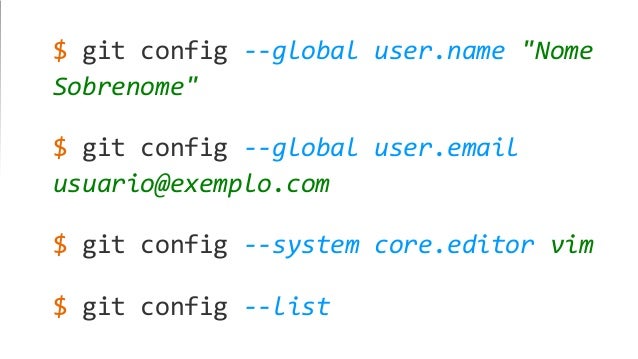

git/objects directory, Git stores all commits, local and remote. To better understand how git fetch works let us discuss how Git organizes and stores commits. If you have pending changes in progress this will cause conflicts and kick-off the merge conflict resolution flow. git pull is the more aggressive alternative it will download the remote content for the active local branch and immediately execute git merge to create a merge commit for the new remote content.
GIT FETCH ALL TAGS UPDATE
It will download the remote content but not update your local repo's working state, leaving your current work intact. You can consider git fetch the 'safe' version of the two commands. When downloading content from a remote repo, git pull and git fetch commands are available to accomplish the task. This makes fetching a safe way to review commits before integrating them with your local repository. Fetched content has to be explicitly checked out using the git checkout command. Git isolates fetched content from existing local content it has absolutely no effect on your local development work. It’s similar to svn update in that it lets you see how the central history has progressed, but it doesn’t force you to actually merge the changes into your repository. Fetching is what you do when you want to see what everybody else has been working on. The git fetch command downloads commits, files, and refs from a remote repository into your local repo.


 0 kommentar(er)
0 kommentar(er)
